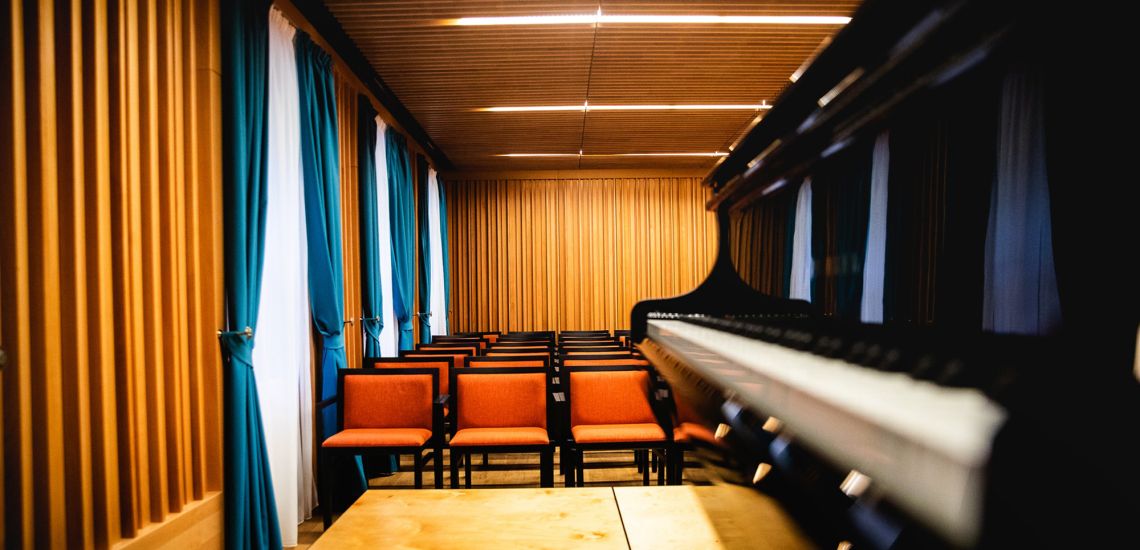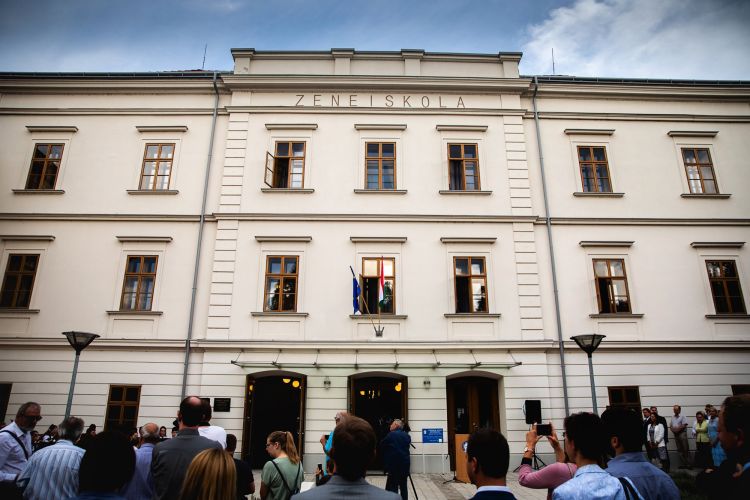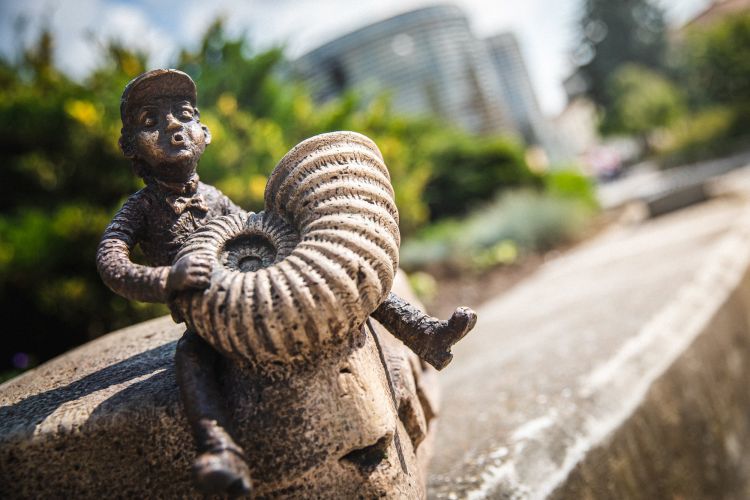
Veszprém’s claim to fame in the annals of music can be traced back to the 18th and 19th centuries. The city’s first notable achievement in this area can be attributed to Bishop Ottó Volkra, who established the Piarist religious teaching order in 1711, quartering them in the Castle of Veszprém. The Piarist clergy excelled not only in traditional education, but also had an exceptional aptitude for teaching music.
Subsequently, in the late 18th century, Bishop József Bajzáth created a new basis for Veszprém’s musical culture. He founded the Scola Cantorum Wesprimiensis in St. Michael’s Cathedral – the first choir school in Veszprém – where students could learn to sing folk songs and psalms.
The professional musicians of the cathedral taught instrumental music to the citizens, craftsmen and artisans of Veszprém, who would then perform along with their teachers at secular concerts. It was a time of cultural plenty, the era when the musical tastes and culture of the city’s population were established.
Unfortunately, the 19th century proved to be a period of significant decline, as the Catholic Church stopped teaching music and the repertoire in churches was also shaped by a repudiation of secular art. The city of Veszprém thus stepped into the 20th century without a modern music education institution.
The first school of music in the city was founded in 1916 by Margit Kecskeméthy, an excellent singer and cimbalom player. At this point, she had so many private students that she felt it necessary to continue her work in a more institutionalized format. The school began its very first semester with 115 students. This marked the beginning of the success story of the city’s music school, which continues to this day.
The building of the present-day Antal Csermák School of Music in Megyeház Square was built in the late 1700s, but initially served a different purpose. In 1820, it is mentioned as the József Barracks. At the time, it housed cavalry soldiers, which is also why Megyeház Square was called Lovarda Square (Riding Hall Square). An interesting fact about the building is that it served as a court of summary judgement in the 1860s, when the Bakony outlaws were terrorizing the region. Outlaws sentenced to death would be taken from the condemned cells here to the place of execution. The building served a military function until 1875, when it was repurposed on multiple occasions over the next 100 years: various offices were replaced by trade union headquarters, after which it was used for cultural purposes. Finally, on 15 December 1982, music moved into the building.
In 1955, when it was still operating at a different location, the music school adopted the name of Antal Csermák, renowned violinist, composer, and icon of traditional Hungarian “Verbunkos” dance music.
In recent years, the former barracks building was beautifully renovated: the exterior was reconstructed in 2015, followed by a complete interior renovation in 2021. The great concert hall was also renovated and 5 new classrooms and 10 new concert rooms were built to supplement the existing ones. In 2016, the Csermák memorial tree was planted in front of the building to mark the school’s 100th anniversary. Currently, 900 students ranging from the age of 6 to adulthood study music here in 27 different subjects.

